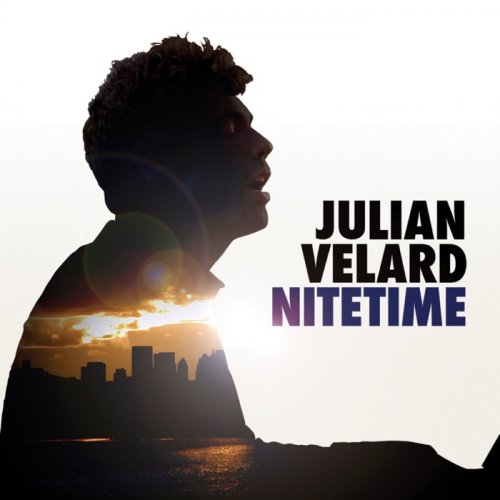Carlo Dumont - Joseph Haydn: The Seven Last Words of Our Saviour on the Cross (Arr. for Violin and Piano by C. Dumont and F. Romano) (2024)
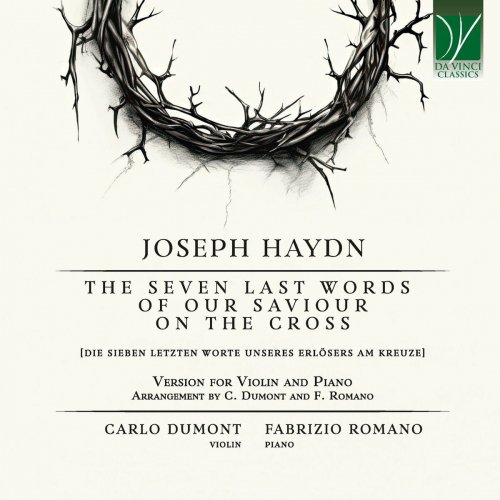
Artist: Carlo Dumont, Fabrizio Romano
Title: Joseph Haydn: The Seven Last Words of Our Saviour on the Cross (Arr. for Violin and Piano by C. Dumont and F. Romano)
Year Of Release: 2024
Label: Da Vinci Classics
Genre: Classical
Quality: FLAC (tracks)
Total Time: 63:13 min
Total Size: 247 MB
WebSite: Album Preview
Tracklist:Title: Joseph Haydn: The Seven Last Words of Our Saviour on the Cross (Arr. for Violin and Piano by C. Dumont and F. Romano)
Year Of Release: 2024
Label: Da Vinci Classics
Genre: Classical
Quality: FLAC (tracks)
Total Time: 63:13 min
Total Size: 247 MB
WebSite: Album Preview
01. The Seven Last Words of Our Saviour on the Cross, L'Introduzione (Arr. for Violin and Piano by C. Dumont and F. Romano)
02. The Seven Last Words of Our Saviour on the Cross, Sonata No.1 (Arr. for Violin and Piano by C. Dumont and F. Romano)
03. The Seven Last Words of Our Saviour on the Cross, Sonata No.2 (Arr. for Violin and Piano by C. Dumont and F. Romano)
04. The Seven Last Words of Our Saviour on the Cross, Sonata No.3 (Arr. for Violin and Piano by C. Dumont and F. Romano)
05. The Seven Last Words of Our Saviour on the Cross, Sonata No.4 (Arr. for Violin and Piano by C. Dumont and F. Romano)
06. The Seven Last Words of Our Saviour on the Cross, Sonata No.5 (Arr. for Violin and Piano by C. Dumont and F. Romano)
07. The Seven Last Words of Our Saviour on the Cross, Sonata No.6 (Arr. for Violin and Piano by C. Dumont and F. Romano)
08. The Seven Last Words of Our Saviour on the Cross, Sonata No.7 (Arr. for Violin and Piano by C. Dumont and F. Romano)
09. The Seven Last Words of Our Saviour on the Cross, Il Terremoto (Arr. for Violin and Piano by C. Dumont and F. Romano)
The violin and piano version of Franz Joseph Haydn’s “Musica instrumentale sopra le 7 ultime parole del nostro Redentore in croce, ovvero Sette Sonate con una Introduzione ed alla fine un Terremoto,” more commonly known as “The Seven Last Words of Our Saviour on the Cross” (Die sieben letzten Worte unseres Erlösers am Kreuze – Hob:XX:1), is not one of the composer’s own creations. There is no record of it being published, at least not in modern times.
Haydn, who conceived the work in 1787 for an orchestra with winds, timpani, and strings, considered it one of his finest works. Given its success, he personally arranged a string quartet transcription (Hob:XX:2) and approved a keyboard arrangement (Hob:XX:3) by his publisher Artaria of Vienna in the same year. Subsequently, in 1796, he produced a version in the form of an oratorio for soloists, choir, and orchestra.
The transcription for violin and piano offered here has been tested on stage and it proved its effectiveness. The piano part, based on the Urtext of Henle Verlag for solo piano, has been adapted considering the expressive capabilities of the “modern” piano, with its wide range and eloquence, quite different from the fortepiano of Haydn’s period and therefore from the corresponding typical writing of the time. Hence, the original orchestral score published by Henle Verlag was primarily consulted for any doubling and expansion of the sound spectrum across wider octaves, reworking some solutions primarily orchestral in favor of a more idiomatic piano writing, avoiding a literal “piano reduction” that would have ended up sounding like mere accompaniment. A choice was made underlying this work, which also took into account the “modern” violin and hence the sounds to which the literature for duos, at least from the mid-19th century onwards, has progressively accustomed us. Deliberately, it was not chosen to create an arrangement suitable for “period” instruments, as the final result would have added little to the existing autograph versions: it would not have had the emphasis and power of the orchestra, nor the roundness and intimacy of the string quartet. The wide range of colors and expression that the modern duo has at its disposal seemed to us to encompass both the dynamic possibilities required of the orchestra and the various expressive nuances typical of the string quartet.
Haydn, who conceived the work in 1787 for an orchestra with winds, timpani, and strings, considered it one of his finest works. Given its success, he personally arranged a string quartet transcription (Hob:XX:2) and approved a keyboard arrangement (Hob:XX:3) by his publisher Artaria of Vienna in the same year. Subsequently, in 1796, he produced a version in the form of an oratorio for soloists, choir, and orchestra.
The transcription for violin and piano offered here has been tested on stage and it proved its effectiveness. The piano part, based on the Urtext of Henle Verlag for solo piano, has been adapted considering the expressive capabilities of the “modern” piano, with its wide range and eloquence, quite different from the fortepiano of Haydn’s period and therefore from the corresponding typical writing of the time. Hence, the original orchestral score published by Henle Verlag was primarily consulted for any doubling and expansion of the sound spectrum across wider octaves, reworking some solutions primarily orchestral in favor of a more idiomatic piano writing, avoiding a literal “piano reduction” that would have ended up sounding like mere accompaniment. A choice was made underlying this work, which also took into account the “modern” violin and hence the sounds to which the literature for duos, at least from the mid-19th century onwards, has progressively accustomed us. Deliberately, it was not chosen to create an arrangement suitable for “period” instruments, as the final result would have added little to the existing autograph versions: it would not have had the emphasis and power of the orchestra, nor the roundness and intimacy of the string quartet. The wide range of colors and expression that the modern duo has at its disposal seemed to us to encompass both the dynamic possibilities required of the orchestra and the various expressive nuances typical of the string quartet.
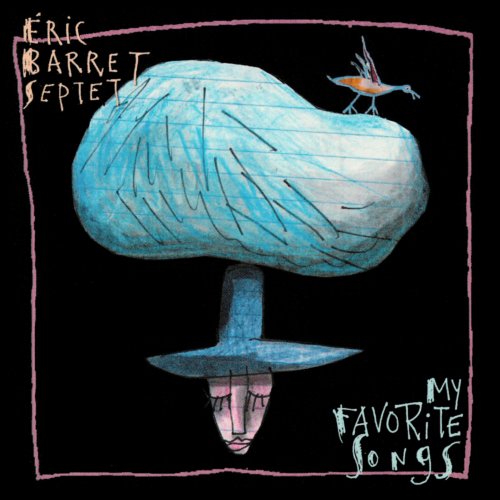
![Nana Vasconcelos - Saudades (1980/2025) [Hi-Res] Nana Vasconcelos - Saudades (1980/2025) [Hi-Res]](https://www.dibpic.com/uploads/posts/2025-12/1766056483_cover.jpg)
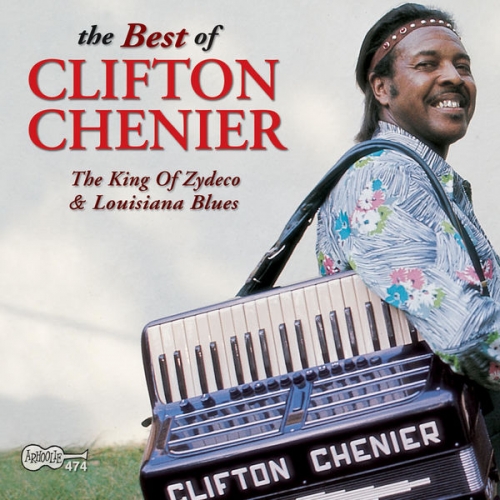
![Black Flower - Abyssinia Afterlife (2014) [Hi-Res] Black Flower - Abyssinia Afterlife (2014) [Hi-Res]](https://img.israbox.com/img/2025-12/21/anj3jk2va3pc3i9y3pv0m7zde.jpg)
![Erwan Keravec - Whitewater (2025) [Hi-Res] Erwan Keravec - Whitewater (2025) [Hi-Res]](https://img.israbox.com/img/2025-12/21/2e6xtjojbwml63os6dxwp1bzj.jpg)
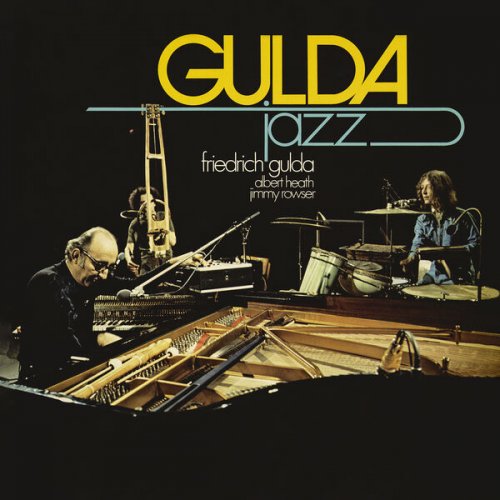

![Don Cherry, Nana Vasconcelos & Collin Walcott - Codona (1979/2025) [Hi-Res] Don Cherry, Nana Vasconcelos & Collin Walcott - Codona (1979/2025) [Hi-Res]](https://www.dibpic.com/uploads/posts/2025-12/1765970766_cover.jpg)
